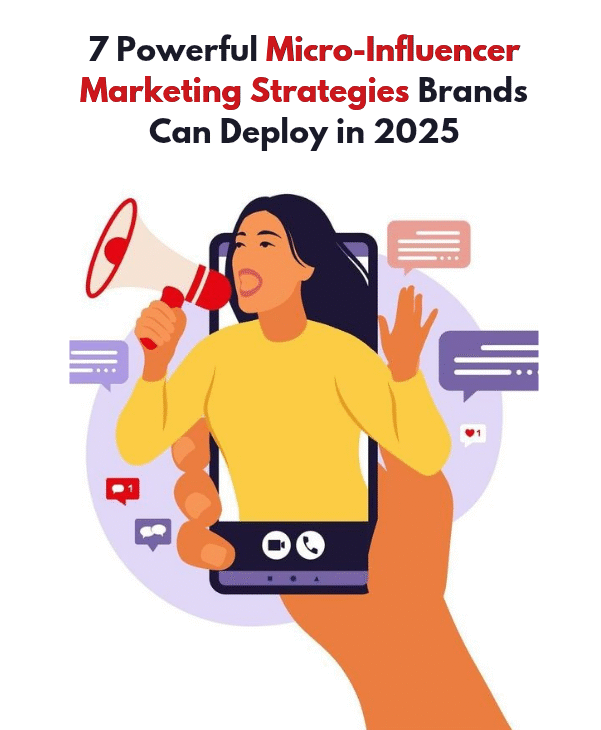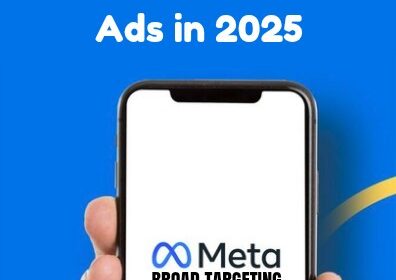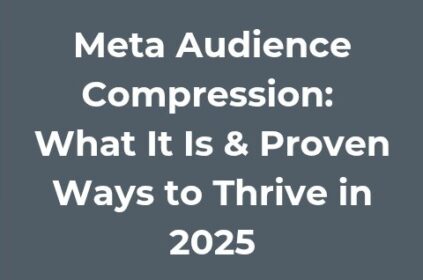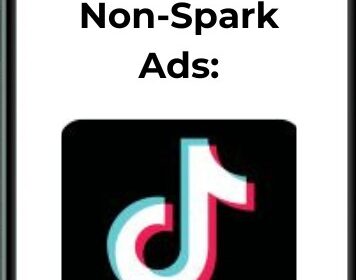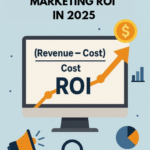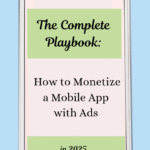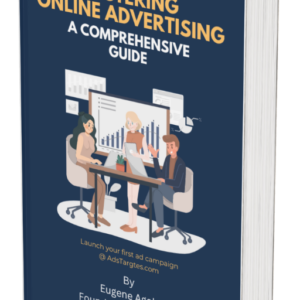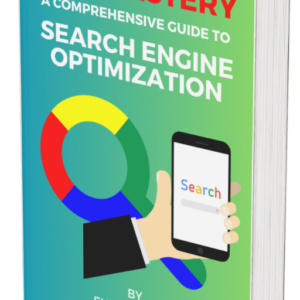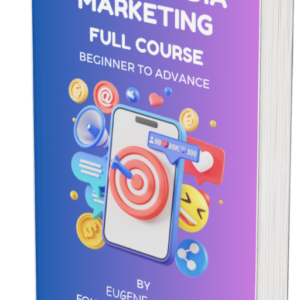Global spend on creator collaborations is projected to hit $32.55 billion in 2025, and 54 percent of multinational brands plan to increase influencer budgets the same year—clear evidence that micro-influencer marketing has evolved from a side tactic into a primary growth lever.
As more than half of the world’s largest advertisers pour fresh resources into the space, competition for high-engagement creators will intensify, ad inventory costs will climb, and early movers will secure the most authentic partnerships.
Teams that invest now—building data-driven briefs, performance-linked contracts, and always-on content pipelines—will capture scarce attention and compound returns as the channel matures..
#1. Set Clear Goals Before You Spend a Dime
Tie Every Objective to a Measurable KPI
A successful micro-influencer marketing program starts with disciplined goal-setting. Identify the single business outcome that matters most—new-customer revenue, subscription trials, in-app installs, or retail sell-through—and articulate it in language finance teams already understand.
Rather than saying “increase awareness,” state “drive ₦20 million in tracked sales at a maximum ₦4 million cost.”
Next, map that North-Star objective to funnel metrics: impressions for awareness, clicks for consideration, conversions for purchase, and repeat sales for loyalty.
Assign each stage an attainable benchmark drawn from recent platform data or industry reports. For example, micro creators average 3.86 % engagement on Instagram, nearly triple macros, so you can reverse-engineer likely click-through volumes before the first contract is signed.
Capturing those numbers requires airtight tracking—unique UTM links, discount codes, and server-side APIs that push every order into your CRM.
With each KPI pinned to a spreadsheet cell, you give finance real-time visibility and eliminate the dreaded “marketing math” debate.
This rigor also frames post-campaign ROI conversations, ensuring micro-influencer marketing earns incremental budget rather than one-off test dollars.
#2. Define the Ideal Creator–Platform Mix
Engagement Rate and Audience Fit Over Raw Follower Count
Not all creators—or channels—serve the same purpose. Start by outlining the traits your best customers share: age, geography, lifestyle, purchase triggers, and pain points.
Then filter potential partners against three R’s: Relevance (content overlaps your niche), Reach (10k–100k followers is the “sweet spot” for micro influence), and Resonance (consistent 3–8% post engagement) .
Platform choice matters too. TikTok’s short-form video drives impulse discovery, but Instagram still dominates conversions for fashion and beauty, with 79% of marketers ranking it first in 2025 surveys
Pinterest Idea Ads excel at evergreen search traffic, while YouTube Shorts supply snack-able social proof for higher-consideration products.
Match each stage of your funnel to the channel that best nudges prospects along it. By formalizing this matrix, micro-influencer marketing becomes a predictable acquisition lever rather than a scatter-shot gamble.
#3. Win-Win Outreach That Lands Brand Deals
Product Seeding and Value-First Pitches
Creators ignore generic “Hey, we love your feed” emails. Craft personalized outreach that proves you know their community: reference a recent post, highlight shared values, and explain how your product genuinely solves a follower problem.
Offer something tangible up front—free product, a creative fee, or revenue share—then outline clear expectations (deliverables, timing, usage rights).
Include a unique discount code so the influencer can give value to their audience; it boosts conversion rates and lets you attribute sales precisely.
From the creator’s side, landing brand deals hinge on professional assets: a concise media kit, past campaign screenshots, and sample metrics.
Demonstrate reliability by replying within 24 hours, sticking to agreed timelines, and over-delivering on content quality.
Brands prize collaborators who treat partnerships like a business, and the most organised micro stars quickly progress from gifted products to paid retainers.
When both parties communicate transparently, micro-influencer marketing scales into long-term ambassadorships rather than one-off shout-outs.
#4. Fair, Flexible Compensation Models
Mix Flat Fees, Free Product, and Performance Bonuses
Budget efficiency is a headline reason brands flock to micro creators. Typical fees range from ₦50 k to ₦250 k per post, yet deliver stronger engagement than celebrity endorsements.
Layer compensation so influencers share upside: a modest base fee ensures quality production, a gifted product lets them speak authentically, and a tiered commission (e.g., 10% on the first ₦1 million in sales, 15% thereafter) rewards over-performance.
This hybrid model aligns incentives and protects downside risk. It also answers a key question aspiring creators ask—how to get brand deals as a micro influencer?
Show you can move product, and brands will pay premium rates for future collaborations. For marketers, structuring deals around cost-per-acquisition caps keeps micro-influencer marketing ROI positive even when a few posts under-index.
#5. Encourage Authentic Content and Community Engagement
Why Freedom Beats Over-Scripted Ads
Audiences spot a copy-and-paste caption instantly, so hand creators a flexible brief: required talking points, brand safety guardrails, and disclosure guidelines, then step back.
Trust their intimate understanding of what resonates. Micro influencers routinely reply to comments, host live Q&As, and poll followers for product ideas—touchpoints that drive 20% higher conversion than one-way posts, according to 2025 engagement studies.
To use micro-influencers effectively, embed them in product development cycles. Send prototypes for honest feedback, invite them to private Slack channels with your R&D team, and credit them when suggestions become features.
This collaboration fosters advocacy that outlasts a single sponsored video. When fans witness genuine two-way dialogue, your micro-influencer marketing shifts from transactional promotion to community-led brand building.
#6. Amplify, Retarget, and Extend Shelf Life
Spark Ads, Whitelisting, and Dark-Post Retargeting
Even stellar organic posts plateau after 48 hours. Allocate 1–3× the creator fee to paid amplification: TikTok Spark Ads, Instagram whitelisted ads, or Meta dark posts.
These tools let you target high-intent look-alike audiences while retaining the original post’s social proof. Brands that boost top-performing creator content see a 20% lift in ROAS versus organic-only strategies.
Next, negotiate six- to twelve-month usage rights so you can splice clips into email GIFs, landing-page hero banners, and out-of-home screens.
Daniel Wellington’s watch empire soared past $230 million in revenue by repurposing thousands of micro posts—initially secured through product seeding—across every owned channel.
That playbook works because it turns a single creative fee into a full-fledged asset library, stretching micro-influencer marketing budgets while maintaining authenticity.
#7. Measure, Learn, and Scale
Dashboards, UTMs, and Predictive Forecasting
Finally, close the loop. Feed unique links, promo-code redemptions, and pixel events into a unified dashboard (Looker Studio, Shopify Collabs, or a BI tool).
Segment performance by influencer tier, content format, and platform to uncover which combinations beat your baseline CPA.
Forward-looking teams even run Monte Carlo simulations on historical data to predict ROI bands before signing new contracts, slashing budget overruns by 19% in 2025 enterprise surveys.
Share these insights in monthly retros: celebrate creators who exceed targets, renegotiate with those who fall short, and test fresh angles—live streams, collaborative collection drops, or affiliate-only campaigns.
Because every data point flows into the same model, micro-influencer marketing evolves from a creative experiment into a repeatable profit engine.
Understanding Audience Trust and Conversion in Micro-Influencer Campaigns
Building real trust is the difference between vanity metrics and revenue. When a follower sees a favorite creator demonstrate a product in everyday use, that testimonial carries the weight of a peer recommendation.
Research from the 2025 Influencer Marketing Hub Benchmark Report shows that audiences rate micro creators as 47% more credible than macro influencers in purchase-driving categories such as beauty, wellness, and consumer tech.
To harness that credibility, brands must first align campaign messaging with the creator’s established voice. Provide talking points, not scripts, and encourage honest opinions—even if that means acknowledging small product drawbacks that reinforce authenticity.
Next, ensure every touchpoint in the funnel is traceable: unique UTM parameters on swipe-up links, exclusive discount codes, and server-side API connections that pass order data back to your CRM.
Clear attribution lets you isolate how many conversions micro-influencer marketing drives at each content drop, proving that trust translates to sales rather than soft engagement. Finally, keep the feedback loop short.
Share weekly performance dashboards with creators so they can refine storytelling in real time, answer follower questions in comments, and pin clarifying Stories that remove buyer friction.
This collaboration deepens community ties and turns one-off shoppers into repeat customers, reinforcing why micro-influencer marketing remains a top channel for brands that value loyalty alongside acquisition.
Scaling Micro-Influencer Campaigns for International Markets
Cross-border expansion demands more than simple translation. Country-level regulations on disclosures, platform popularity, cultural norms, and purchasing power all influence performance.
Begin with a market readiness audit: identify regions where existing customers already use your product, check local shipping times, and validate payment-gateway compatibility.
Then map those findings to creator discovery on region-specific databases such as Upfluence, Aspire, and Heepsy. Filter candidates for language fluency, local engagement ratios, and content that mirrors your brand’s positioning.
Because TikTok dominates in Vietnam while Instagram Reels leads in Brazil, campaign architecture must adapt platform mix accordingly.
Establish a uniform brief template—deliverables, deadlines, usage rights—but allow creators to localize references, humor, and visuals so content feels native.
Allocate budget for modest paid amplification to guarantee reach beyond the organic fan base; whitelisting tools keep creative intact while unlocking precise geo-targeting.
Throughout the rollout, compare metrics region by region inside a single BI dashboard: CPC, CPA, content saves, and post-purchase NPS.
These benchmarks reveal where micro-influencer marketing needs extra tweaking—perhaps longer captions in markets that favor detail, or shorter hooks where attention spans are tighter.
Replicate winning creative frameworks across new territories, but avoid a copy-paste mindset. Continuous testing and localized iteration turn micro campaigns into a scalable international growth engine without sacrificing authenticity.
Linking Campaign Costs to Long-Term Brand Equity in Micro-Influencer Collaborations
Many teams judge success on immediate return-on-ad-spend, yet overlook the brand-equity lift that micro-influencer collaborations can deliver months after the first post.
Start by itemizing every cost: creator fees, gifted product at retail value, paid amplification, and internal labor. Capture corresponding benefits in two buckets—direct sales and brand equity indicators such as unaided awareness, share-of-voice, and social sentiment.
Tracking software like GRIN or Traackr can merge these streams, assigning each creator a composite “Brand Lift Score.”
A 2025 Statista study reports that brands working with ten or more micro influencers per quarter saw a 15% rise in unaided awareness year-over-year, outpacing paid-social-only peers by seven points.
Reflect this upside in your financial model: amortize acquisition costs over projected lifetime value and attribute a portion of future sales to the uplift in brand salience.
When finance reviews quarterly numbers, present a waterfall chart that shows how micro-influencer marketing cost inputs flow into both short-term revenue and long-term equity growth.
This dual-metric approach prevents under-investment in community-building initiatives that compound over time.
Use insights to refine budget allocation: funnel more spend toward creators whose content drives high repeat purchase rates and favorable sentiment swings, even if their first-week CPA sits slightly above average.
Over successive quarters, this disciplined analysis converts micro collaborations into sustainable brand assets rather than isolated promo spikes.
Conclusion
Micro-influencer marketing has matured: budgets are rising, engagement remains unrivalled, and the tools now exist to track revenue down to the last naira.
Brands that apply the seven strategies above—goal alignment, precise creator selection, value-first outreach, flexible pay, authentic storytelling, paid amplification, and data-driven optimisation—convert scrolls into sales while nurturing communities that buy again and again.
As 2025 unfolds, treat each partnership as both a relationship and a performance channel; the compounding effect will secure your seat among the elite marketers turning micro attention into macro growth.

